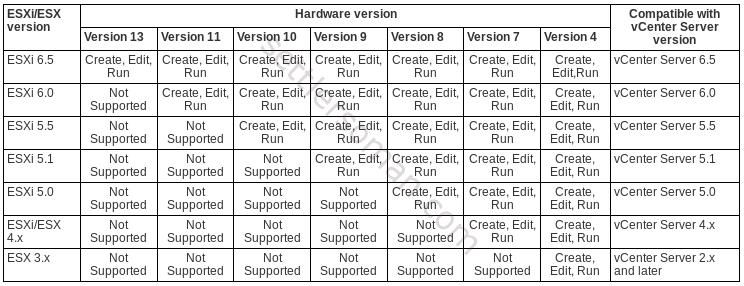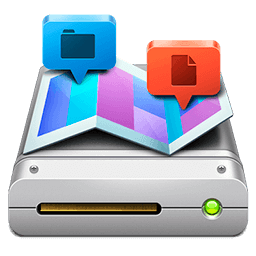

Add the hard disk to your VM via the ESXi Embedded Host Client (i.e. However, based on reader feedback, I have learned that some readers are interested in also adding the new hard disk to the VM via the command line, so that both disk creation and hot-adding the disk to the VM are 100% command line. If that's you, use the steps outlined in 6a. That's fine since this part of the ESXi Embedded Host Client isn't broken.

I originally assumed that the majority of readers will want to add the virtual disk to their VM using the ESXi host's GUI. Here is the "choose your own adventure" part of the guide. It isn't connected to any VM so we need to add it to a VM. vmdk Adding the New Virtual Disk to Your VM:Īt this point, we've created our virtual disk, but it currently only exists in isolation in the datastore. vmkfstools -createvirtualdisk 256G -diskformat thin. If you want a different size, just change it. Note that the above creates a 256 GB virtual drive. Create your hard disk with the following command: vmkfstools -createvirtualdisk 256G -diskformat thin. Change directory into that location with the following command: cd 5. Find the location of your datastore with the following command: esxcli storage filesystem list Note the Mount Point (i.e. If you're using Ubuntu, open a terminal and type the following: ssh 3. Enable SSH on the ESXi host by right-clicking on the host in the web client > Services > Enable Secure Shell: Enabling SSH service in ESXi 2. Creating the Virtual Disk via the Command Line (esxcli and vmkfstools): 1.
ESXI VIRTUAL DISK MAP HOW TO
Heck, the save button even remains disabled when you remove the new hard disk! It appears that the web client only evaluates once, cripples the save button, and never re-evaluates the settings ever again.Īnother thing I’ve learned along the way is that vSphere != ESXi host web client and unfortunately almost all of VMware’s documentation refers explicitly to vSphere, not the ESXi web client, so in this tutorial I’ll be showing you how to use the command line if you don’t have vSphere set up. Now, that’s all fine and good, but the problem is, the “Save” button stays that way even when you choose a datastore that does have space. The save button being disabled will persist even after removing the offending "New Hard disk". ESXi host web client bug: Save button is always disabled even despite changing location of hard disk. You must increase the datastore capacity, or reduce the disk size before proceeding. You cannot overcommit disk space when using a thick provisioned disk. The disk size specified is greater than the amount available in the datastore.

Starting with the bug in the ESXi host web client, if you add a new hard disk to a VM, and the primary datastore where the VM is located is full, you’ll be greeted with the following message and the save button will gray out: ESXi error message Unfortunately, though, there’s a bug in the ESXi host web client and so instead this will be a tutorial on adding an additional hard disk to an ESXi guest via the command line (esxcli). Now, theoretically, this should be an easy task where you can just edit the VM and click the Add hard disk > New standard hard disk, specify the hard disk location and be done. They're high capacity, well-priced, and reliable.) (If you're looking for hard drives, I usually use WD Reds that I shuck from a WD Easystore or Elements drive. In this tutorial, I will show you how to add a new hard disk to an ESXi virtual machine.

There’s been a bit of a learning curve but overall it’s been a pleasant experience. In an effort to consolidate my homelab, I recently deployed an ESXi host to my main server. How to add an additional hard disk to an ESXi virtual machine (VM) via the web client and command line (esxcli/vmkfstools) without vSphere.


 0 kommentar(er)
0 kommentar(er)
